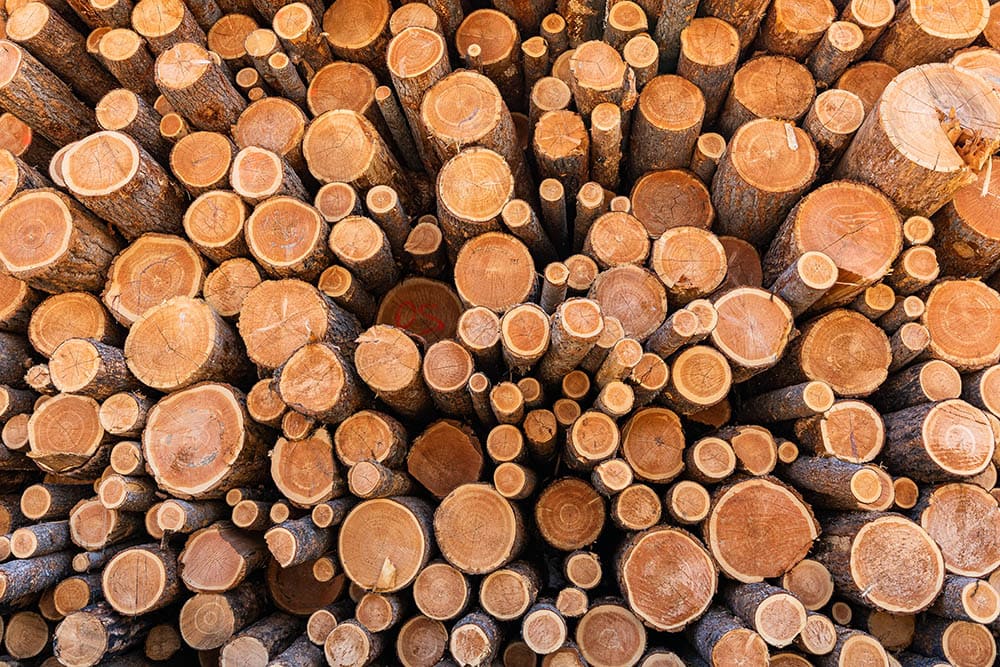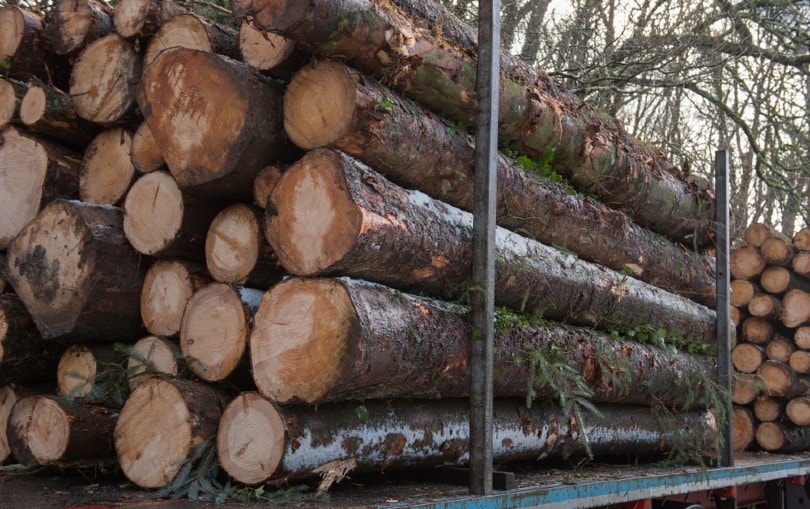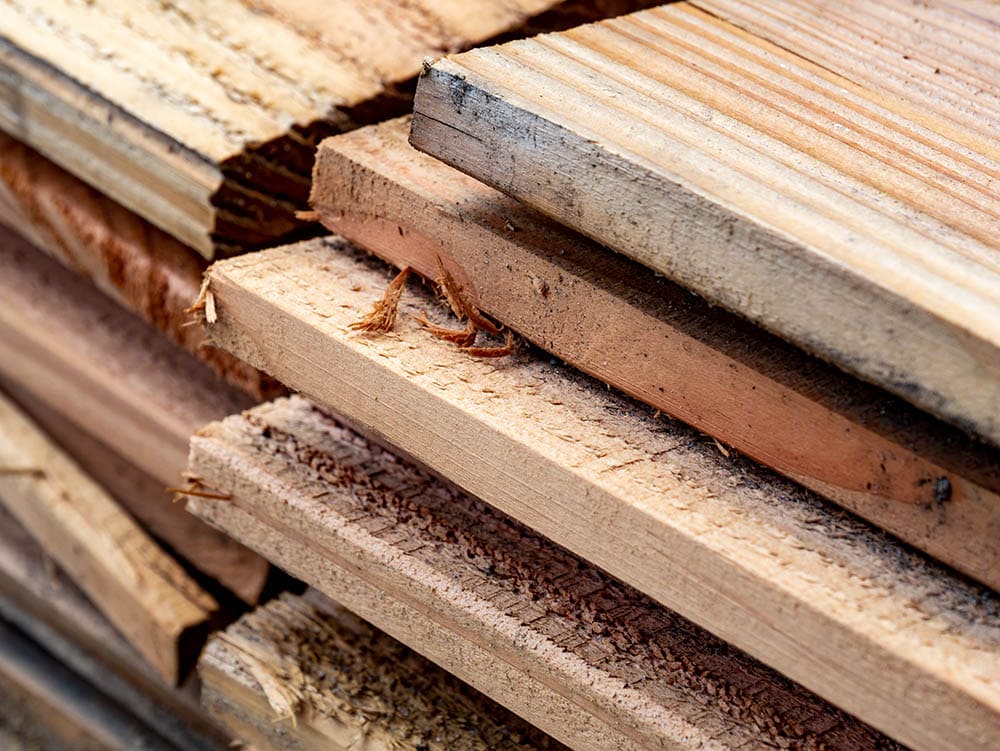Is Douglas Fir a Hardwood or Softwood? (With Janka Rating Chart)
-
- Last updated:

Douglas Fir is a very popular and highly sought-after construction timber. It is popular for its strength and its resistance to rot and insects, as well as for its attractive looks and workability. It is a softwood and has a relatively low Janka hardness rating, which is a means of testing and comparing the relative hardness of woods.
However, it is still durable enough that it has been used in the construction of timber frame houses for hundreds of years, many of which are still standing. It is also used for decking and in the construction of fences and other frames, while its natural beauty has seen it used to make attractive, decorative items.

What Is Janka Hardness?
Created by Gabriel Janka at the turn of the 20th Century, the Janka hardness test technically measures the resistance of wood to wear. It is the amount of force that is required to lodge a 7/16” steel ball bearing halfway into the wood. Tests are conducted with pieces of wood of the same size and thickness to ensure a fair test, and results vary.
In the US, Janka hardness is measured in pounds-force (lbf) and typical ratings range from 70 lbf for balsa to 5,000 lbf of Australian Buloke. Douglas Fir has a Janka hardness rating of 660 lbf, which is slightly less than Silver Maple (700 lbf) but higher than Chestnut (540 lbf).

Douglas Fir Hardness Compared to Other Timber
Douglas Fir actually has a comparatively low Janka hardness rating, especially when compared to other construction timbers. Examples include:
| Timber | Janka Rating (lbf) |
| Brazilian Ebony | 3,700 lbf |
| Ebony | 3,220 lbf |
| Red Mahogany | 2,697 lbf |
| Mesquite | 2,345 lbf |
| Rosewood | 1,780 lbf |
| Red Pine | 1,630 lbf |
| Bamboo | 1,380 lbf |
| White Oak | 1,360 lbf |
| Teak | 1,155 lbf |
| English Oak | 1,120 lbf |
| Cherry | 995 lbf |
| Douglas Fir | 660 lbf |
| Western White Pine | 420 lbf |
| Balsa | 70 lbf |

The 5 Uses For Douglas Fir
Although Douglas Fir has a low Janka hardness rating, it is still a popular wood for construction because it is easy to work, has an attractive and appealing grain, and is resistant to rot and weather. However, it is more expensive than woods like pine. It is most commonly used in the following applications:
1. Flooring
Despite having one of the lowest Janka hardness ratings of all timbers, it still requires 660 pounds-force of pressure to lodge a steel ball into a piece of the wood. As such, it is more than tough enough for use as a flooring material, except in the most extreme of circumstances. The timber is not prone to becoming misshapen and, once cut to dimension, it will retain its straight lines and shape, making it a good choice as a flooring material for indoor and outdoor use.
2. Trim
Trim items like moldings and baseboards do offer protection but they are also decorative finishes, which means that they need to be high quality and look attractive. The smooth finish of the wood means that it can be painted well, while the natural beauty of the wood’s grain means that it can look equally as effective when left natural.
3. Boatbuilding
Dimensional stability is the ability of a material to retain its shape without shrinking, expanding, contracting, or warping, and Douglas Fir has been used in boat construction for centuries because it has very good dimensional stability. Once the timber is cut and fixed, it is also water resistant, which is obviously beneficial in boat building.
4. Furniture Making
The long, dense grain and the light color of Douglas Fir mean that it is not only popular for its practical benefits but also for its aesthetic appeal. It is easily worked and can be used to create attractive and highly sought-after pieces of furniture that will easily withstand daily use.

5. Aircraft Manufacture
Once again, it is the dimensional stability of Douglas Fir that has made it popular in aircraft construction. The last thing you want once a plane has been built is for the wings to bow or change shape and size.

Conclusion
Whether you’re looking to make your own aircraft or are looking for an effective and beneficial decking material, Douglas Fir is a good choice. It is a softwood, which means that it is easy to work with, but it has a tight grain and excellent dimensional stability, preventing finished items from bowing or changing size and shape. With that said, if you are building something that will be unprotected and is likely to face a lot of hard wear, you may need to find a wood that ranks higher on the Janka hardness scale, as found in the table above.
You Might Also Be Interested In:
Featured Image Credit: Eric Carriere, Shutterstock
Contents

